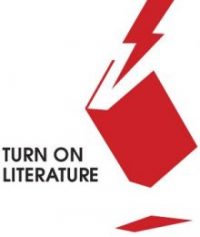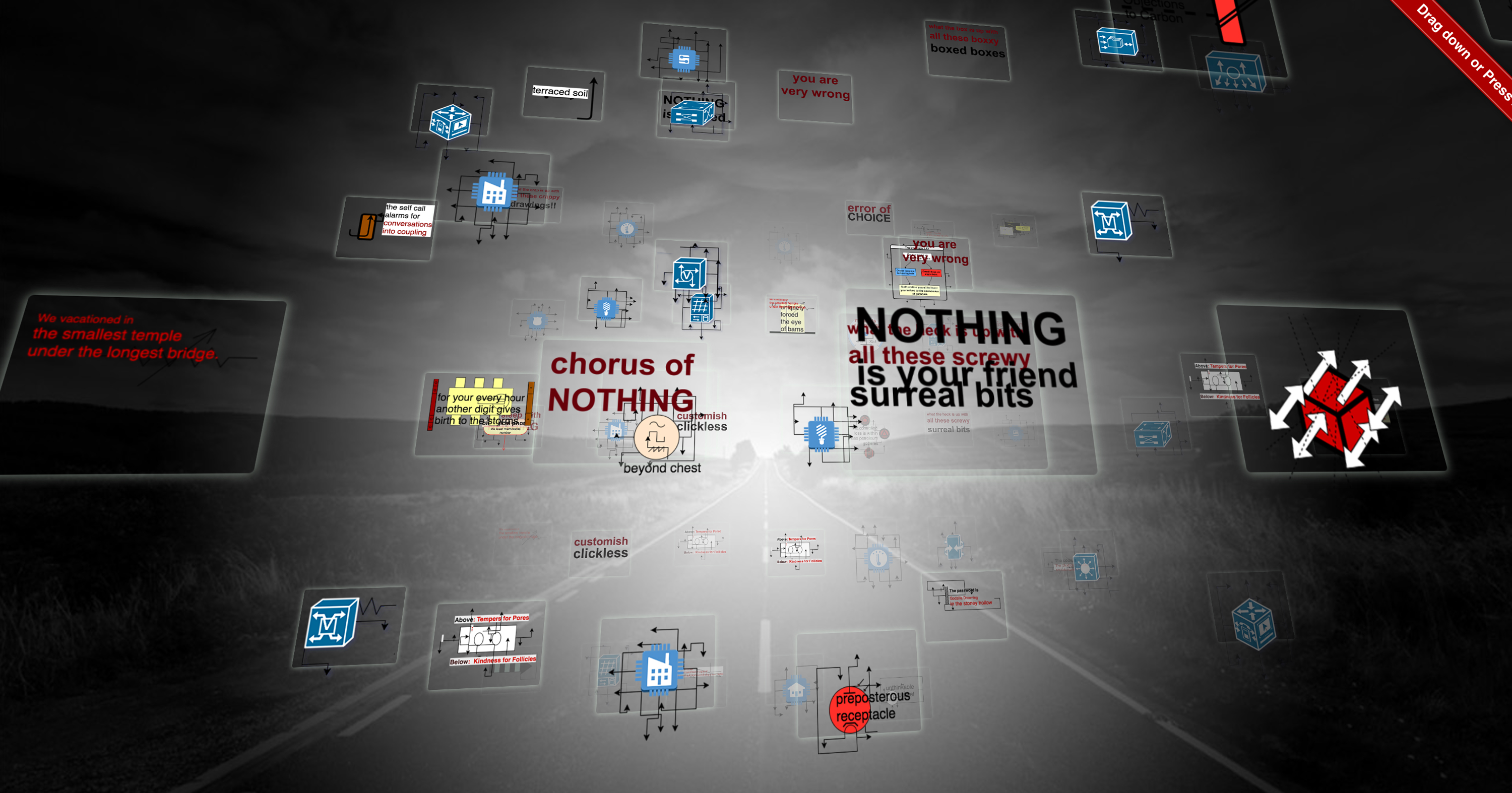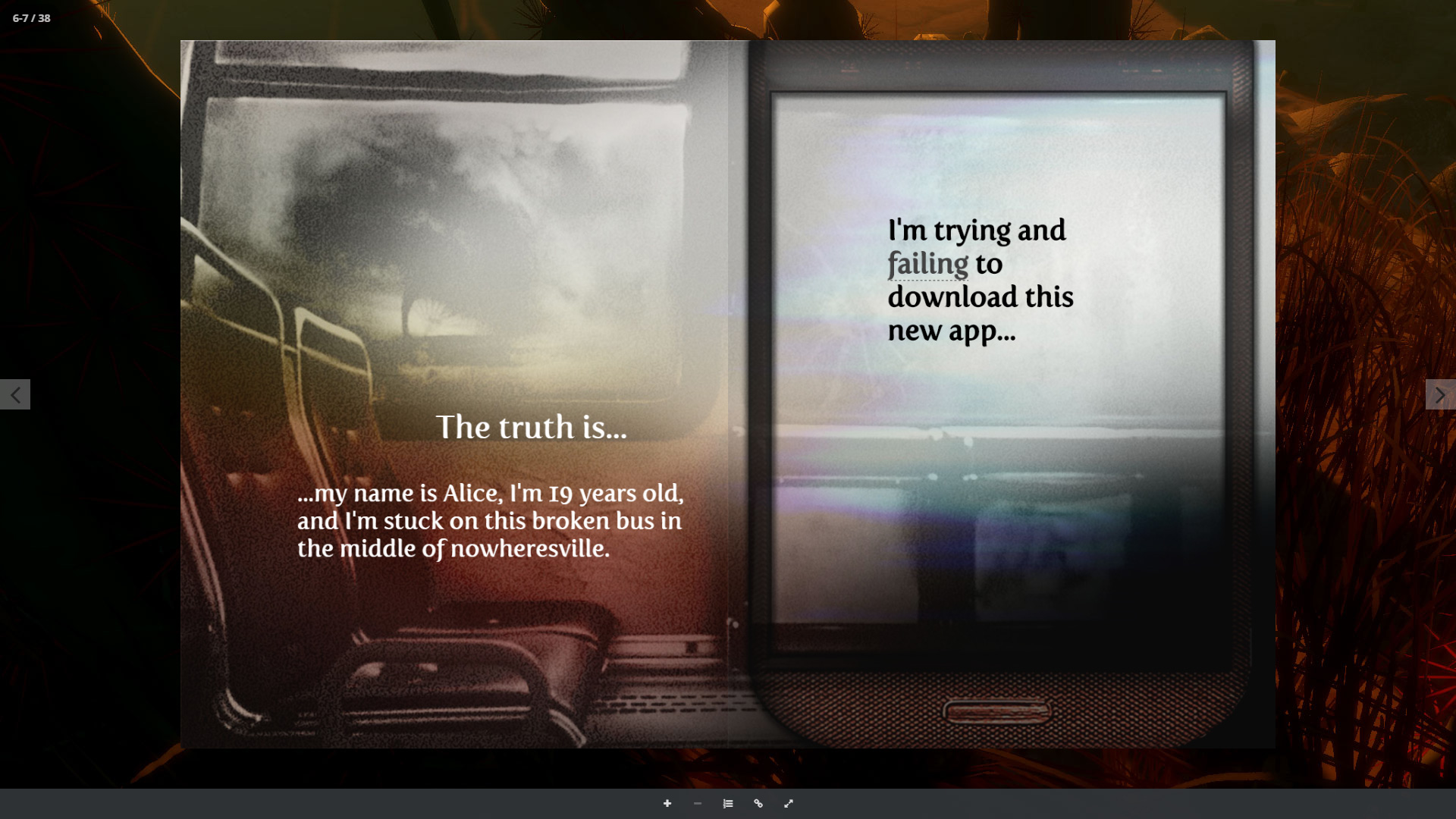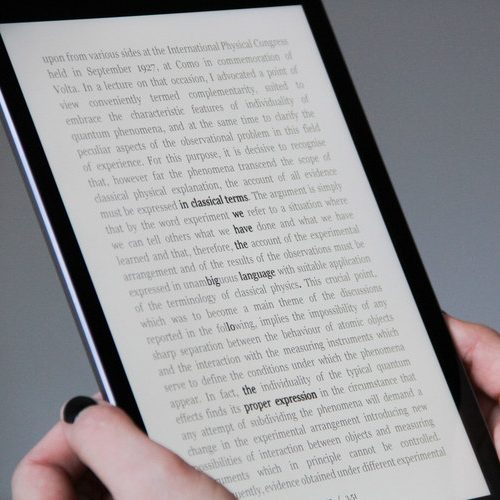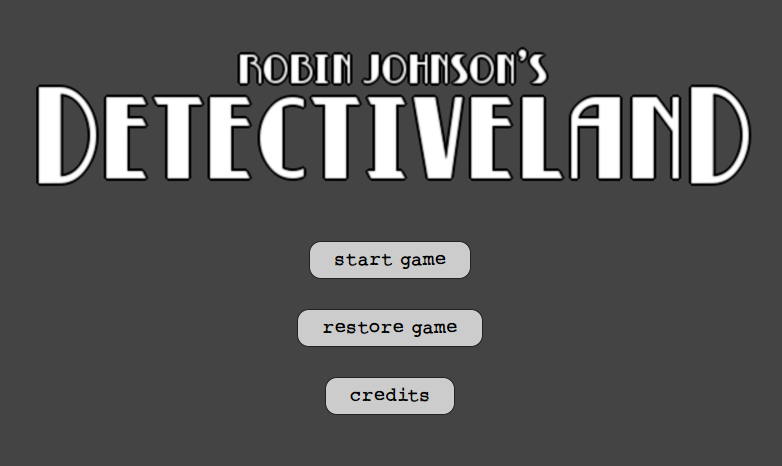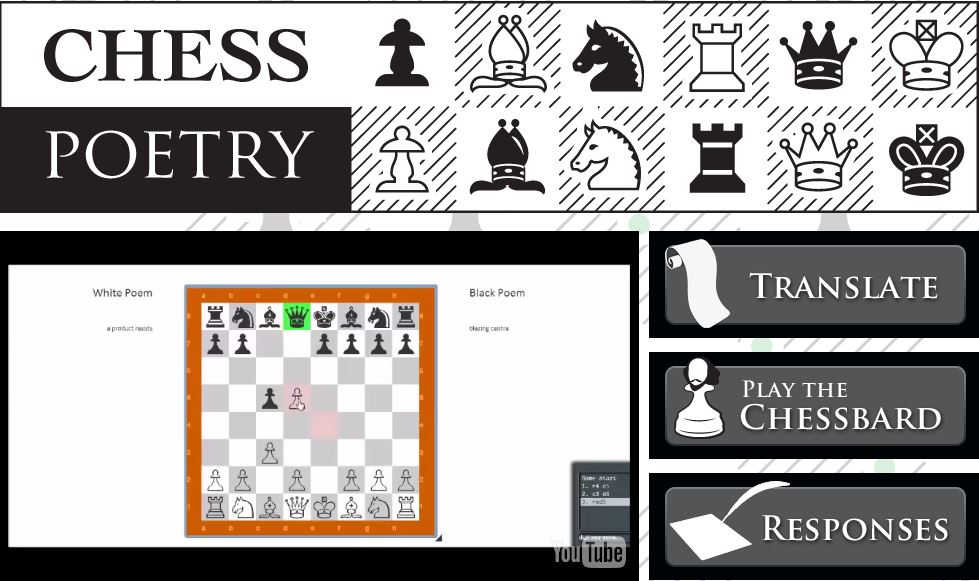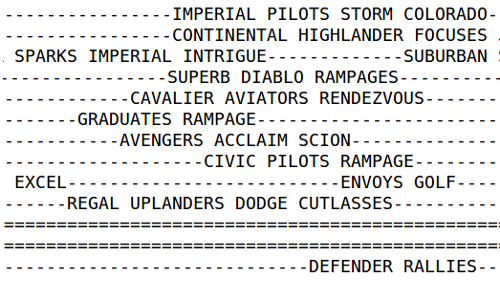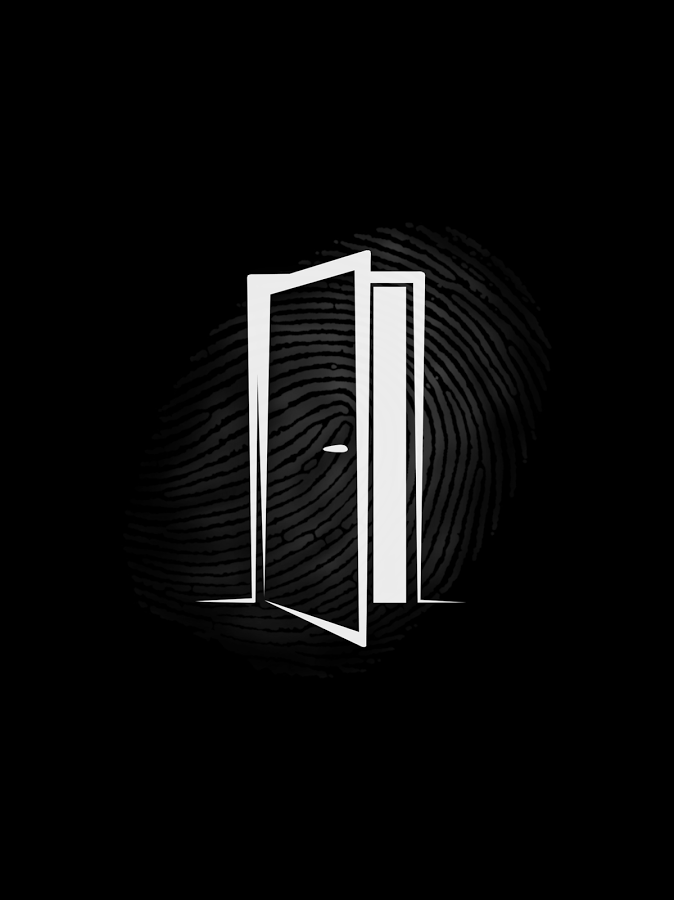Author(s):
Jason Nelson
Within a digital poem the notions of literary/artistic/poetic text encompasses more then just
words and sentences, lines and letters. All an interactive poem’s elements become critical
literary texts, including the images and video, the movement and animation, the coding and
interface, the words and sounds. With “these subconscious drives” the goal was to build a
dynamic and interactive interface exploring multiple screen depths and dimensions.
The notion was to emulate how I understand, how my brain imagines poetry as a multilinear,
multimedia, multi-spatial and recombinatory space. In numerous ways, the work is much like
walking through a busy city, the poetics of buildings and narratives of people intersecting,
moving towards and away, continually mutating. (Hint: try pressing your space bar!).
And inside of this reforming space are a hundred poetic/literary/artistic tiles, small moments
of experience and diagram. Each new movement and click and swipe creates new
3-dimensional stanzas. “these subconscious drives” is a playground for what streams from
the back of our brains.
So read the directions, and explore the space, with over 200 poetic tiles, designed for
tablets, desktops, ipads and any number of other wondrous worlds.
And again, pressing the space bar will bring you entirely new configurations of this poetic
space.
This is a map of the poet’s brain. Go and explore and play and read.
Modality of presentation: Web based work,
URL to work: http://www.secrettechnology.com/click/
